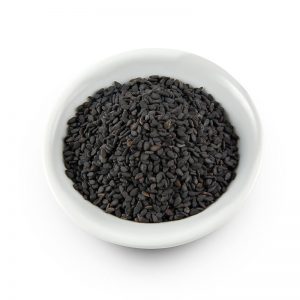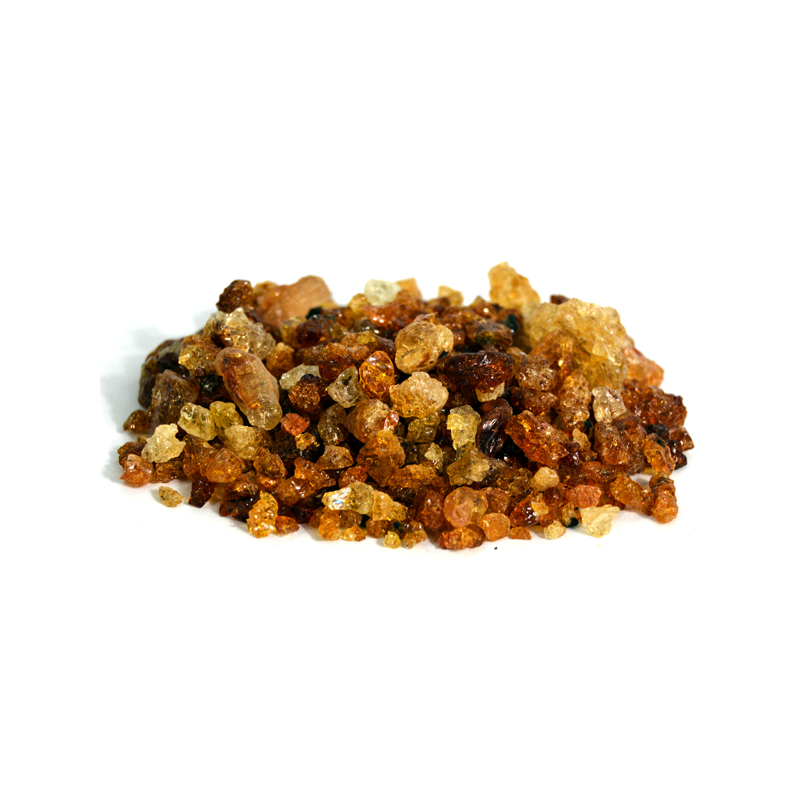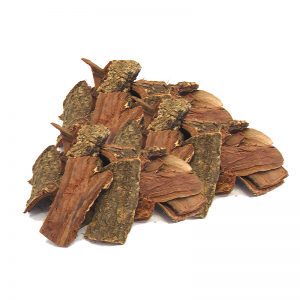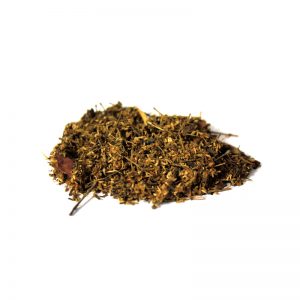-
×
 Basil Seeds (Tukhm-e-Malanga, Tukhm-e-Rehan)
1 × Rs 130
Basil Seeds (Tukhm-e-Malanga, Tukhm-e-Rehan)
1 × Rs 130
Babool Gum (Gond Babool, Gond Keekar, Gond Kikar)
گوندببول
Rs 149
- Used To Brush Teeth
- Used In Oral Disorders.
- Useful In Diarrhea
- Works Well In Skin Diseases.
- Used For Leucorrhoea
SKU: p027
Category: Herbs
Description
Acacia, popularly known as babul, is a large tree, up to 14 meters high, with thorns on its branches. It has darkish grey bark and yellow flowers in spherical heads. Babul tree is indigenous to sind in Pakistan. It occurs wild in India and tropical Africa. It is planted for its bark. The tree yields a gum, known as Babul Gum. The bark of babul tree contains tannin and gallic acid. The leaves and fruits of the tree also contain tannin and Gallic acid. Healing power and curative properties the leaves, the bark, the pods and the gum of the tree have medicinal virtues. The leaves and the bark are useful in arresting secretion or bleeding. The pods help remove catarrhal matter and phlegm from the bronchial tubes. The gum allays any irritation of the skin and soothes the inflamed membranes of the pharynx, alimentary canal and genito-urinary organs.
Babool gum / Gond Babool (گوند ببول) has been used in pharmaceuticals as a demulcent. It is used topically for healing wounds and has been shown to inhibit the growth of periodontal bacteria and the early deposition of plaque.
The information is for educational purposes only. This information has not been evaluated by the Food and Drug Administration.
This information is not intended to diagnose, treat, cure, or prevent any disease.





